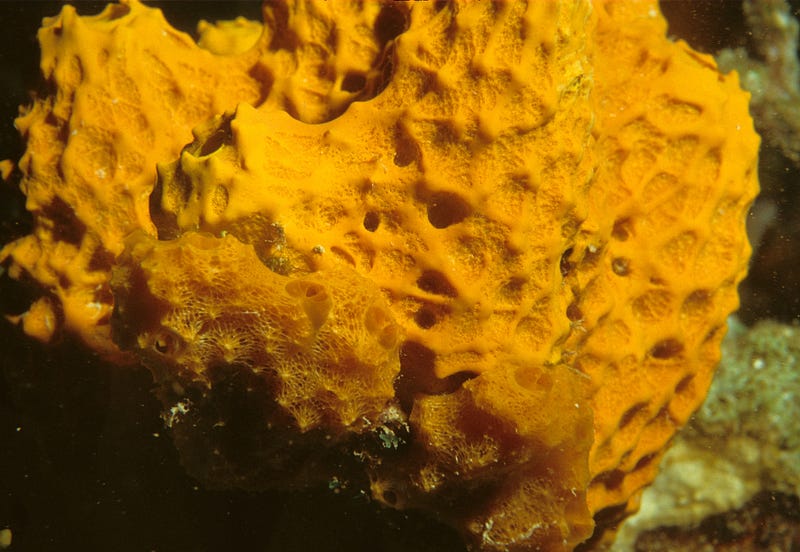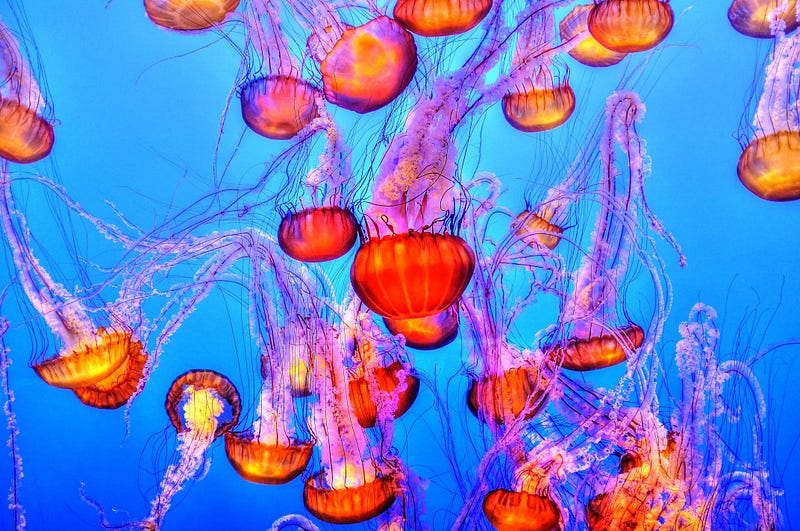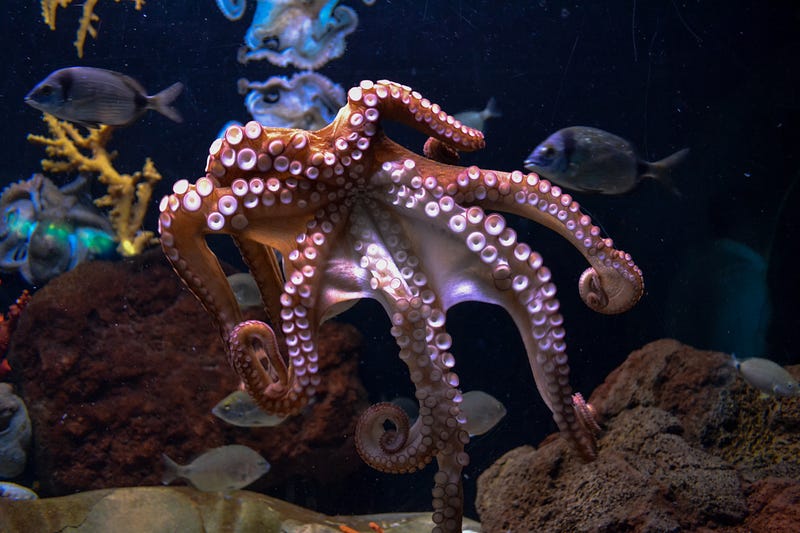From Ballet to Marine Biology: A Journey of Discovery
Written on
Chapter 1: The Spark of Curiosity
I have never considered myself a scientifically inclined individual. Yet, during fifth grade, I received an award for being the student most likely to excel in science. Ironically, I soon shifted my focus to ballet, art, writing, journalism, liberal arts, and special education. However, if I were to take on a scientific career, it would undoubtedly be in marine biology. This passion was ignited by a science teacher whose name I can’t recall, but whose infectious enthusiasm for inquiry left a lasting impression on me.
Living in Lompoc, California, an area characterized by undulating hills, dense fog, and fields of flowers cultivated for their seeds, along with vineyards and wineries, set the stage for my fascination. Notably, the Danish village of Solvang, famous for Pea Soup Anderson’s, might be where the connection between fog and pea soup originated.
Our teacher took us to the beach, where we filled mason jars with seawater and transported them back to our classrooms — repurposed military barracks. The surroundings may have been simple, but the knowledge we gained through our microscopes was profound.

We prepared slides and gazed into an entirely new universe within each drop of water. Paramecia and various microorganisms floated in and out of sight, and I was captivated by this hidden world.
Section 1.1: Learning About Invertebrates
Our learning journey continued with the evolutionary lineage of marine organisms. One of the first creatures we explored was the sponge. This remarkably simple organism, illustrated on the blackboard, is composed of only a few layers of cells and represents the oldest living animals, dating back 700 million years. Individual sponges can live for hundreds of years, relying on symbiotic bacteria for nourishment.
Surprisingly, the simplicity of sponges belies their significance. Recent studies have revealed that sponge-derived molecules might offer healing properties for conditions such as pancreatic cancer, aggressive brain tumors, AIDS, herpes, and antibiotic-resistant infections. So, next time you use a natural sponge, remember it was once a living creature with significant potential for healing.

Section 1.2: Tide Pools and Their Wonders
With my limited swimming skills, I prefer not to disturb delicate coral reefs, as I’ve previously been reprimanded for clumsiness. Instead, I find joy in observing tide pools, allowing the ocean’s vibrant life to come to me.
Whether in Hawaii, Point Reyes, or Carmel, California, these pools are teeming with diverse marine life: colorful mollusks, starfish clinging to rocks, hermit crabs, and sea anemones that resemble plants but are, in fact, carnivorous animals. They capture unsuspecting fish that wander into their tentacles.
And let’s not forget the nudibranchs, sea cucumbers, and chitons — the sea's equivalent of slugs, each boasting vibrant colors that could belong in a sci-fi film.

Chapter 2: Fascination with Jellyfish
Continuing our exploration, we encounter jellyfish, creatures that possess both beauty and danger. Their long, flowing tentacles can deliver painful stings, and I recall a trip to Acapulco where locals warned us about "mal agua," or bad water, due to the abundance of jellyfish.
Curious, I donned my mask and was taken aback by the sight: miles of pink tentacles stretching into the horizon. Their ethereal beauty is mesmerizing, yet caution is warranted.
Aquariums such as the Monterey Bay Aquarium and the California Academy of Sciences provide opportunities to observe these fascinating organisms, some of which even exhibit bioluminescence.

Now, let’s delve into the world of cephalopods.

In 2012, while supporting my brother-in-law's recovery at Anderson Medical Center in Houston, I discovered the Downtown Aquarium, which features a restaurant surrounded by large tanks. While dining, I learned about the intelligence of octopuses, which are known to solve puzzles and escape from their tanks.
This experience made me realize how small and confined their living conditions were, yet without that confined space, I might never have gained such valuable insights into these remarkable creatures.
As I reflect on my newfound appreciation for marine life, I look forward to sharing these discoveries with my family, especially my newborn grand-niece, who will surely grow to admire the wonders of the ocean just as I have.
Marilyn Flower is a writer who crafts engaging narratives infused with magical realism, aiming to inspire socially aware readers. She participates in clowning and improvisation to navigate these challenging times and contributes regularly to the prison newsletter, Freedom Anywhere. Five of her short plays have been staged in San Francisco.
The first video, "Do I Regret Studying Marine Biology?" explores the personal reflections of an individual contemplating their academic choices in marine biology.
The second video, "What It Means to Be a Marine Biologist," delves into the day-to-day experiences and responsibilities of marine biologists, shedding light on this fascinating career.